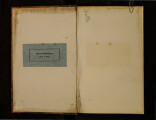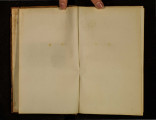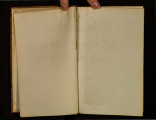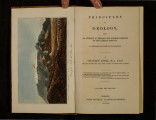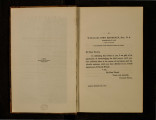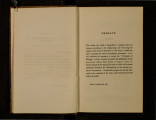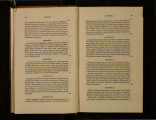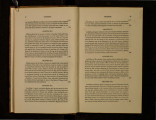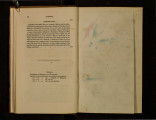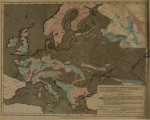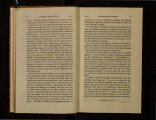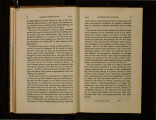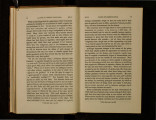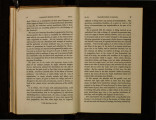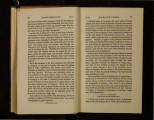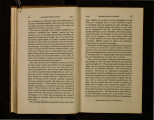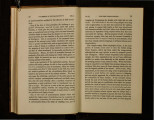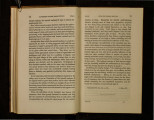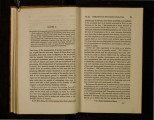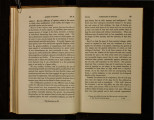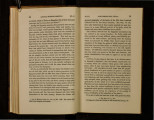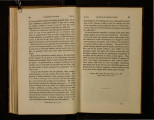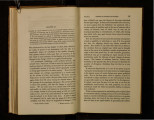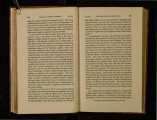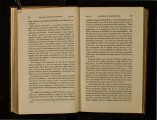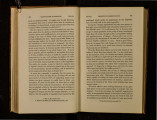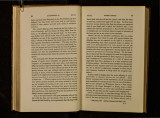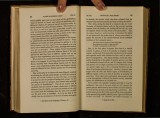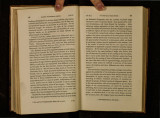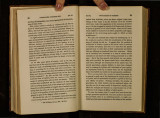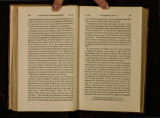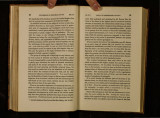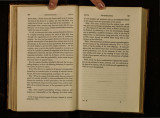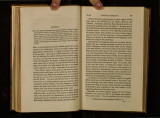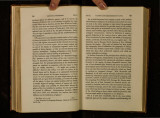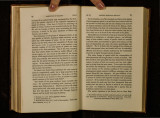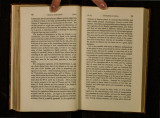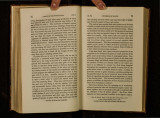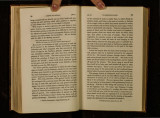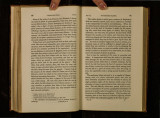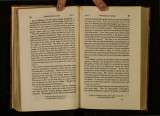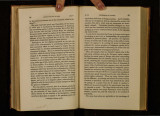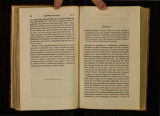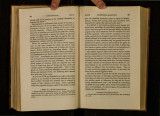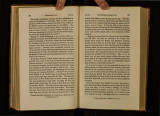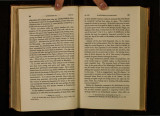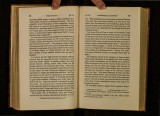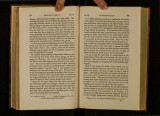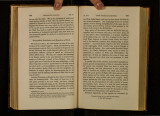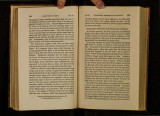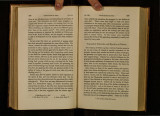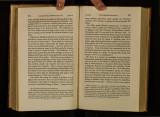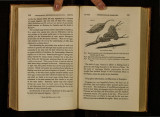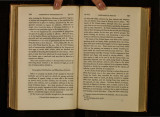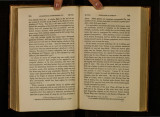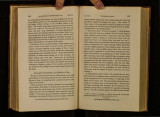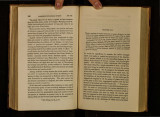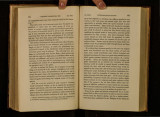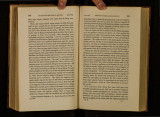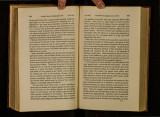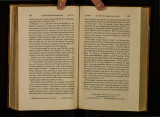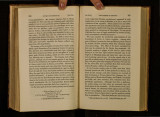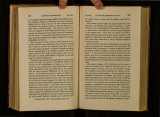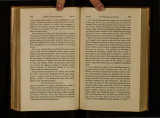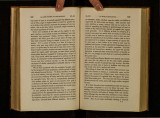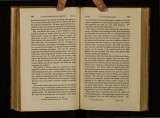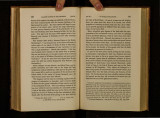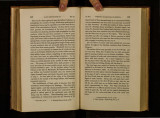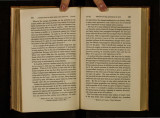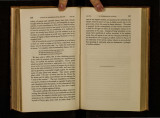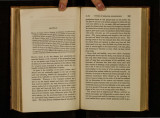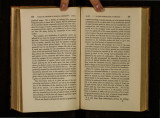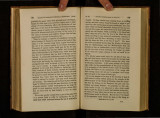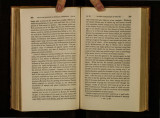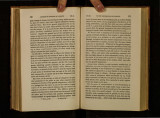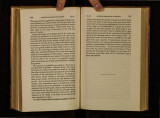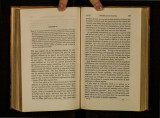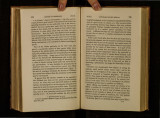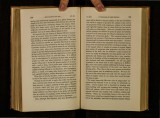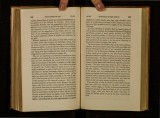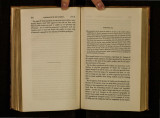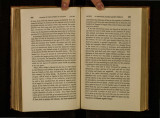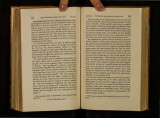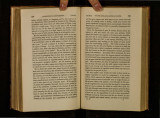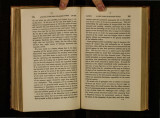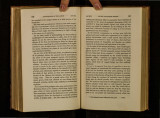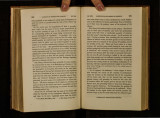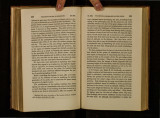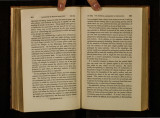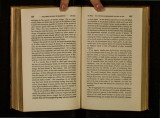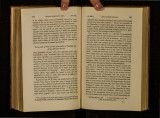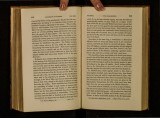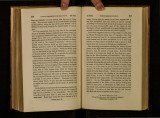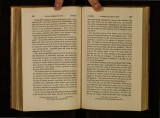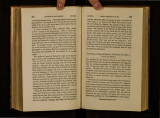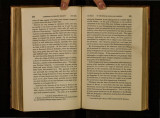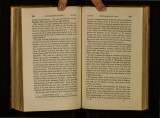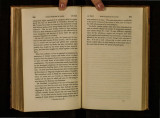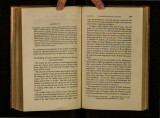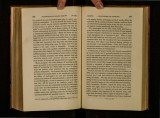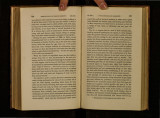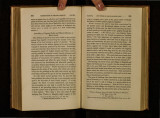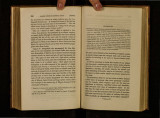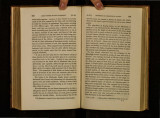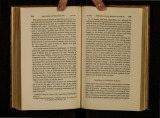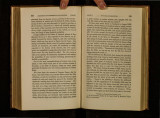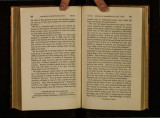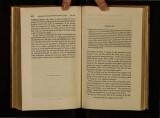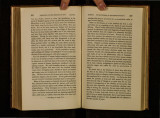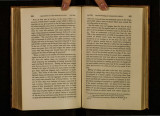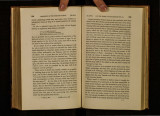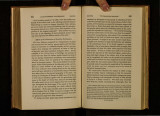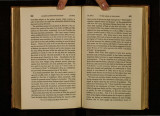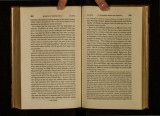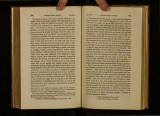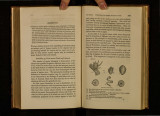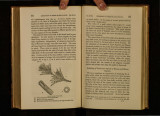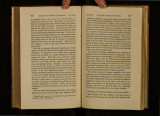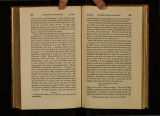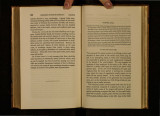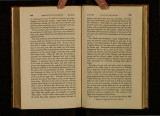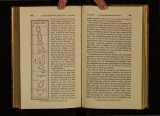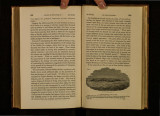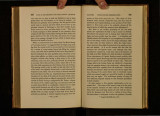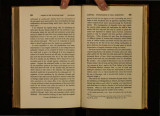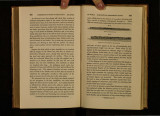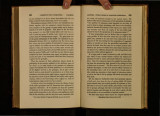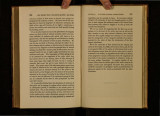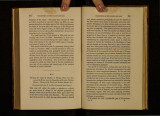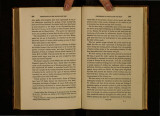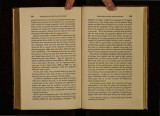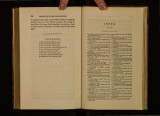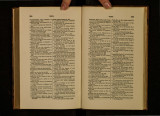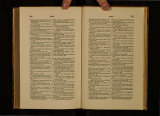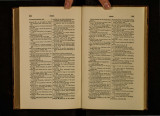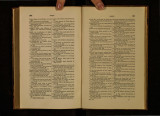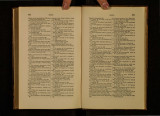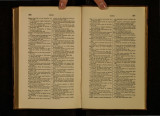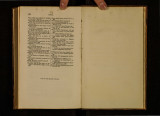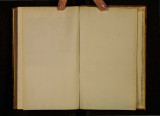| OCR Text |
Show ~68 EFFECTS OF EARTHQUAKES tch. XVI. historical information concerning cl1anges of the earth's surface, which modern observations show to be by- no means of rare occurrence in the ordinary course of nature. It is stated that, for some years after the earthquake, the withered tamarisks and other shrubs protruded their tops above the waves, in parts of the submerged tract around Sindt~ ee ; but after the flood of 1826 they were seen no longer. Every geologi~t will at once perceive that forests sunk by such subterranean movements, may become imbedded in subaqueous deposits both fluvatile and marine, and the trees may still remain erect, or sometimes the roots and part of the trunks may continue in their original position, while the current may have broken off, or levelled with the ground, their uppet· stems and branches. But although a certain class of geological phenomena may be referred to the repetition of such catastrophes, we must hesitate before we call in to our aid the action of carthq uakes, to explain what have been termed submarine forests, observed at various points around the shores of Great Dritain. We have already hinted that the explanation of some of these may be sought in the encroachments of the sea, in estuaries, and the varying level of the tides, at distant periods on the same parts of our coast*. After examining, in 1829, the so called submarine forest of Happisbomugh in Norfolk, I found that it was nothing more than a tertiary lignite of the " Crag" period, which becomes exposed in the bed of the sea as soon as the waves sweep away the superincumbent strata of bluish clay. So great has been the ad vance of the sea upon our eastern shores within the last eight centuries, that whenever we find a mass of submerged timber near the sea side, or at the foot of the existing cliffs which we cannot suppose to be a mere accumulation of drift, vegetable matter, we should endeavom to find a solution of the problem, by reference to any cause rather than an earthquake. For we can scarcely doubt that the present outline of our coast, the shape of its estuaries, and the formation of its cliffs are of very modern date, probably within the human 111 Vol. i. p. 270, Ch. XVI.] IN IMDEDDING CITIES AND FORESTS. ~69 era, whereas we have no reason whatever to imagine that this part of Europe has been agitated by subterranean convulsions, capable of altering the relative level of land and sea, at so extremely recent a period. Some of the buildings which have at different times sub .. sided beneath the level of the sea, have been immediate! y covered up to a certain extent with strata of volcanic matter showered down upon them. Such was the case at Tomboro in Sumbawa, in the present century, and at the site of the Temple of Serapis, in the environs of Puzzuoli, probably in the l~th centu~~· . The entrance of a river charged with sedime~ t m the VICimty, may still more frequently occasion the rapid envelopement of buildings in regularly stratified forma. tions. But if no foreign matter be introduced, the buildings when once removed to a depth where the action of the waves is insensible, and where no great current happens to flow, may last for indefinite periods, and be as durable as the floor .of the ocean itself, which may often be composed of the very same materials. There is no reason to doubt the tradition mentioned by the classic writers, that the submerged Grecian towns of Bura and Helice were seen under water· and I am . ' mformed by an eye-witness that eighty-eight years after the convulsion of 1692, the houses of Port Royal were still visible at the bottom of the sea Iff.. * Admiral Sir Charles Hamilton frequently saw the subme1·ged houses of Port Royal in the year 1780, in that part of the harbour which lies between the town and the usual anchorage of men-of-war. Bryan Edwards also says in his History of.the West Indies, (vol. i. p. 235, oct. ed. 3 vols., 1801,) that in 1793 tha rums were visible in clear weather from the boats which sailed over them. I regret ~o see that Mr. De Ia Beche, in his valuable Manual of Geology, (p. 130,) has ~vmced so much scepticism in regard to the accuracy of the evidence collected b~ S1r Hans Sloane, respecting the catastrophe of Port Royal, a town with which S~r H. was well acquainted. To me the ol'iginal documents collected immeclmtely after the event, appear to bear the intrinsic stamp of truth. The o~jection against the fact alleged by several eye-witnesses, "that the chimney tops a one of many houses were seen after the shocks, as well as the masts of vessels just projecting above the waves," is quite futile. Perhaps the chimneys in Port Royal might in 1692, have been confined to low kitchens, us Mr. De la Beebe says they now are, and they might only have been fifteen or twenty feet in height, still the same subsidence whjch reduced them to tlle level of the w~ter might cause the |



